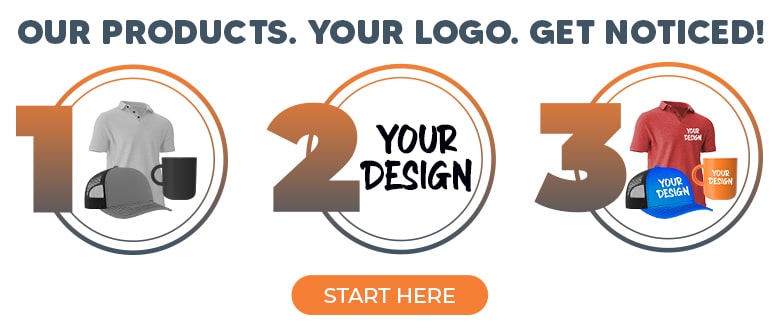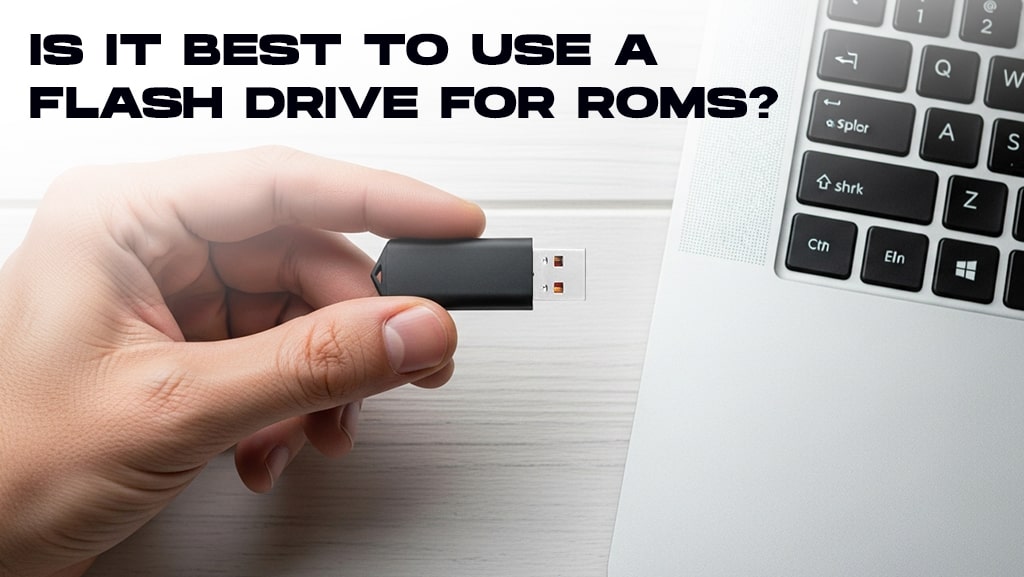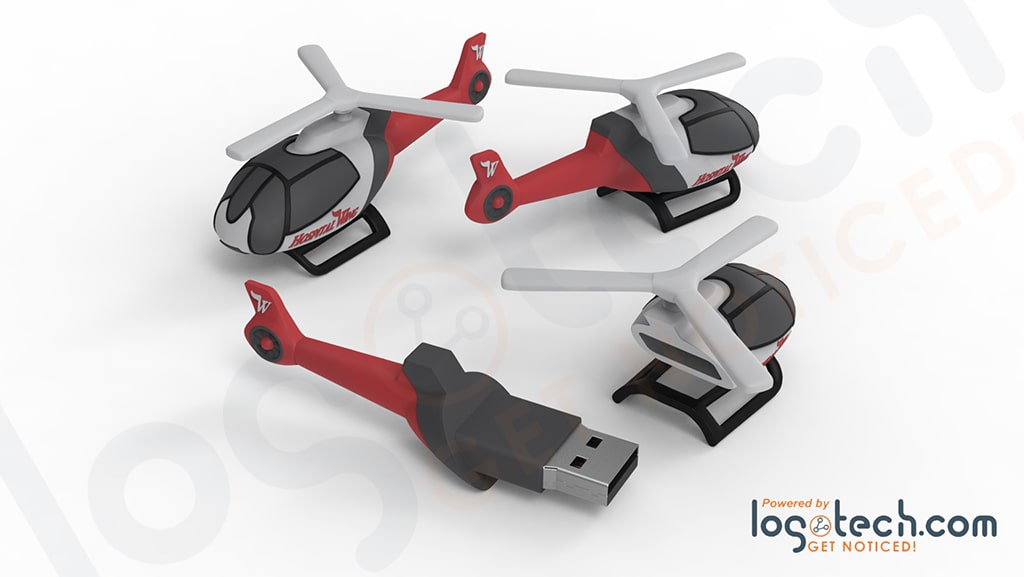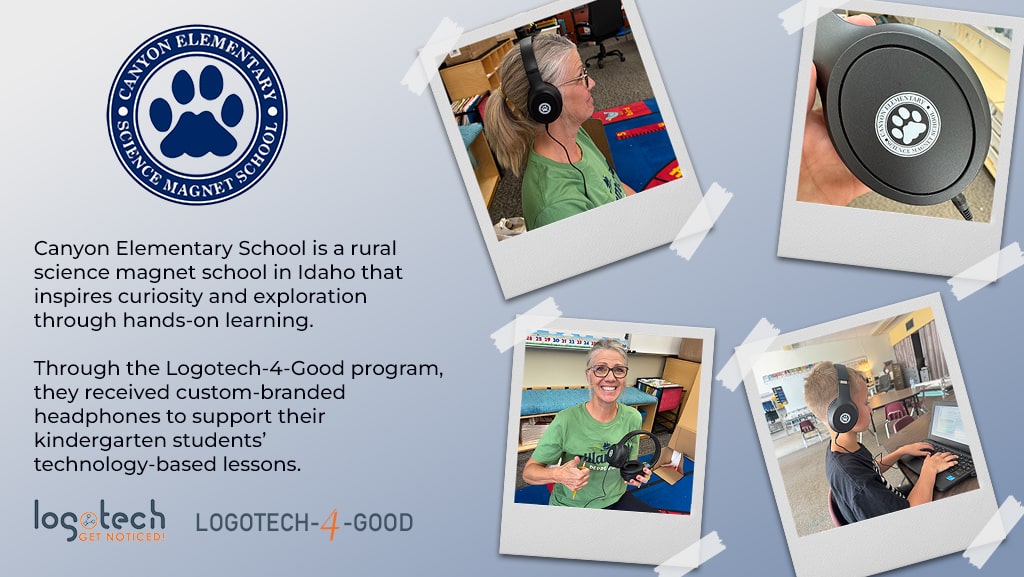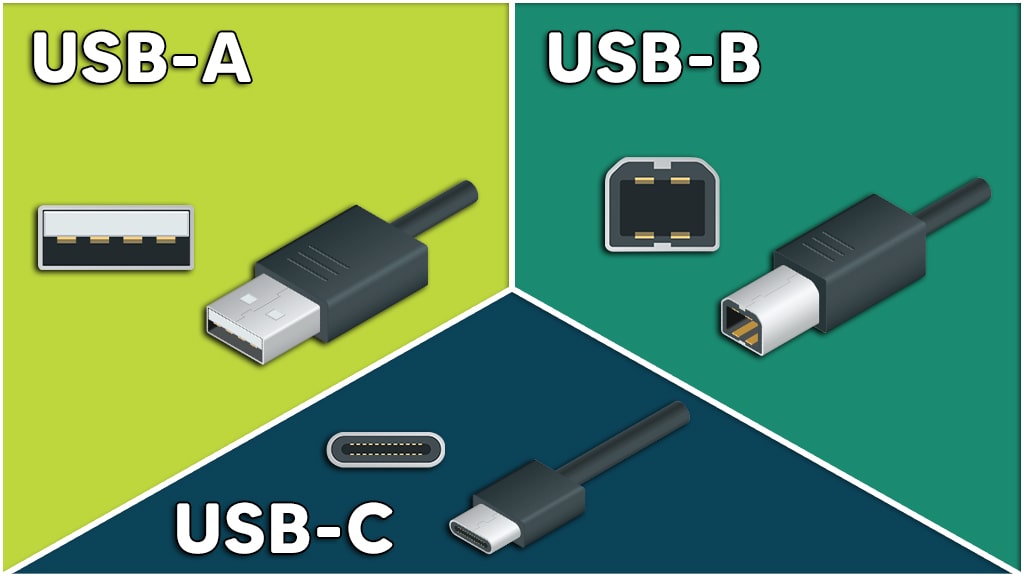
USB-A to USB-C: Learn the Major Differences
Everything you need to know about USB-A versus USB-C
USB-A and USB-C are two of the most popular types of USB connectors, with distinct differences. USB-A is the traditional rectangular connector, while USB-C is a newer, oval-shaped, reversible connector. USB-C generally offers faster data transfer speeds, higher power delivery, and a more versatile connection than USB-A.
With how fast tech is evolving, you might be surprised to discover that USB connectors have remained mostly the same. That's all thanks to USB-C, which is set to succeed the original USB-A connector technology. So, what is the difference between USB-A and USB-C, and how do you tell which one is best for your needs? Let's plug in and take a closer look at these important USB types.
USB-A: What to Know
It all starts with USB-A. Initially developed in 1996, companies like IBM, Microsoft, and Intel designed the USB connector system to make it easier to connect hardware to PCs. These USB ports are the ones most people are familiar with and have seen on their computers, laptops, phone chargers, TVs, and video game consoles. The USB-A port refers to a port in a host device that can connect with a receptor device, either through a USB cable or by plugging in the receptor device directly, like with a USB drive.
USB-A ports have become a staple in modern technology due to their versatility and reliability. Thanks to advances in USB technology, USB-A connectors support the modern USB 3.0 framework, allowing for faster transfer speeds than past versions.
Still, if you've used a USB-A device before, you know how tricky it can be to plug it in. That's because the connectors have to be lined up just right for a proper connection. Type-A connectors are also falling behind in high-speed charging and transfer speeds, making it tough to keep up with new devices on the market.
USB-C: What to Know
That's where USB-C comes in. More formally known as USB Type-C, these new USB connectors can charge devices and transfer data at higher rates than USB-A. While USB-C made its official debut in 2014, it's only become more commonplace since the late 2010s.
You'll first notice the sleek and simple look of USB-C connectors. These connectors are fully symmetrical, meaning you don't have to flip them repeatedly to get the right fit. You can even connect them to USB-A ports with a USB-C to USB-A adapter.
Overall, USB-C has quite a considerable amount of improvements over USB-A, including:
-
Power Delivery charging that allows for up to 240W power levels
-
Compatibility with other ports via adapters
It's no surprise that brands like Apple, Microsoft, Dell, and Samsung are all leaping to USB-C.
Where's USB-B?
With all this talk of USB-A and USB-C, you might think that USB-B never existed. In reality, USB-B is a more specialized connector that most people don't frequently use. Instead, USB-B tends to appear on devices like printers and scanners. While this makes it a relatively common type of connector, most people will rarely, if ever, need to buy a USB-B cable.
USB-B has a trapezoidal shape that stands out from other USB connectors. You may also have heard about different USB types, like micro-USB or mini-USB. USB-C stands to replace these smaller connector sizes and bring everything back into a uniform standard, just like USB-A did years ago.
USB A vs. C: What's the Verdict?
Now that we know more about the differences between USB-C vs. USB-A, how do they compare head-to-head? Both USB ports have their own advantages that can make one a better choice than the other.
While USB-C is becoming more popular, it might take several years to become as widespread as USB-A. Ultimately, your decision will depend on whether the benefits of USB-C outweigh the accessibility and affordability of USB-A.
If compatibility is your main concern, USB-A might be your best choice. Many people still don't have devices with USB-C ports, and thanks to the USB 3.0 framework, they have transfer speeds that are more than enough for home or office use.
At the same time, if you need fast charging and data transferring, jumping into USB-C is a solid choice. Remember that USB-C is still an evolving platform, so it's important to remain up-to-date on new connection standards.
Want to enjoy the best of both worlds? An OTG flash drive could be right up your alley. These on-the-go flash drives can be brought anywhere, with a USB-A connector on one side for connecting to computers and a USB-C connector on the other for connecting to phones.
The Future of USB-C
So what's next for USB-C? You can find USB-C used to charge phones and laptops because of its incredible maximum wattage. As these capabilities increase, you could see USB-C used to power TVs and PCs in the future. There's also USB4, which is shaping up to be the fastest USB standard yet. We could see transfer speeds of 40 Gbps, more than double that of USB 3.0!
Whether USB A or C, you can count on Logotech to remain ahead of the curve. We've got a wide selection of custom USB flash drives for sale, including USB-A and USB-C. We also have customizable charging cables with USB-A, USB-C, and micro-USB connectors for all your devices. Request a Quick Quote today or call us to speak directly with one of our Account Managers!




